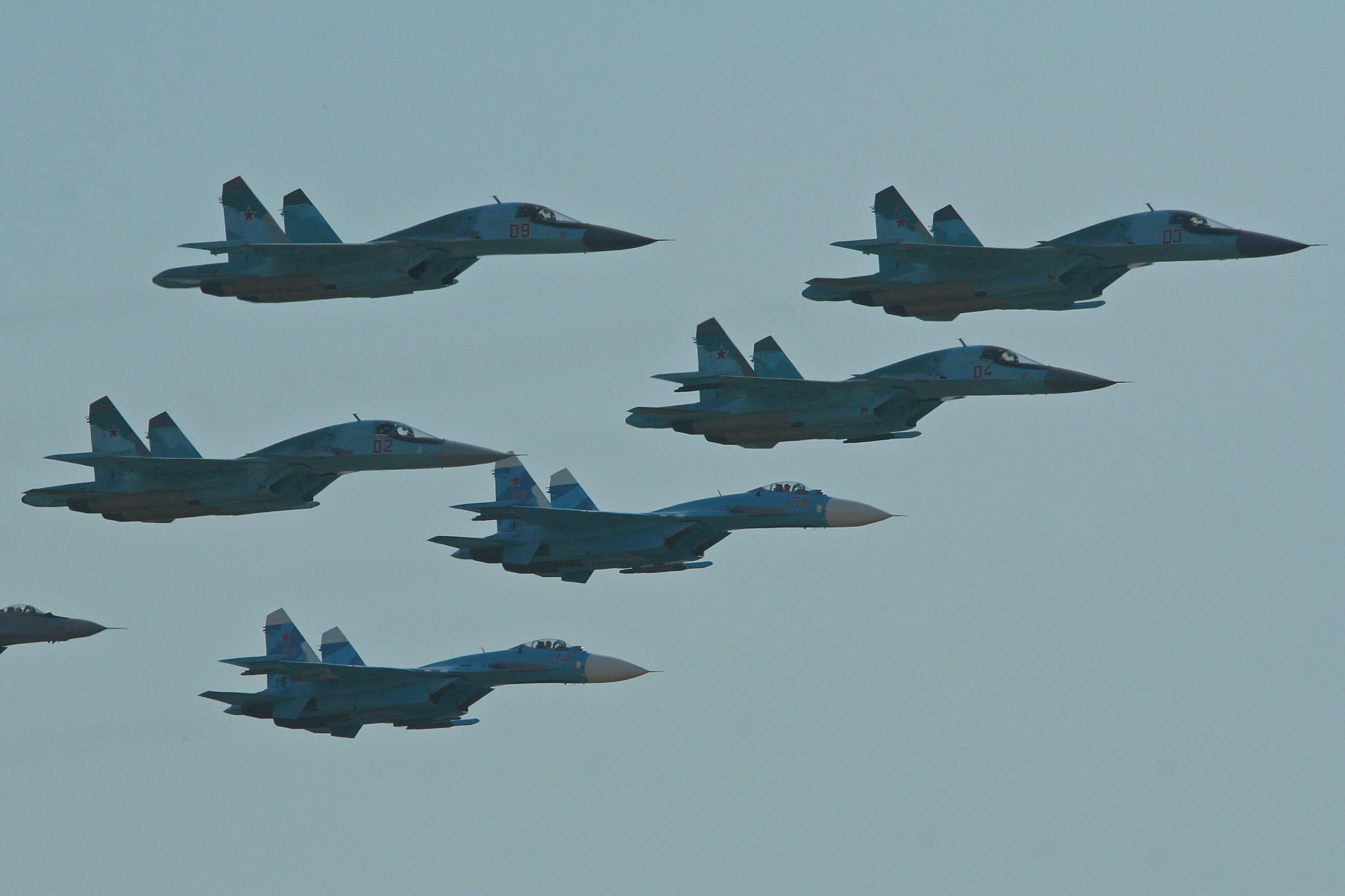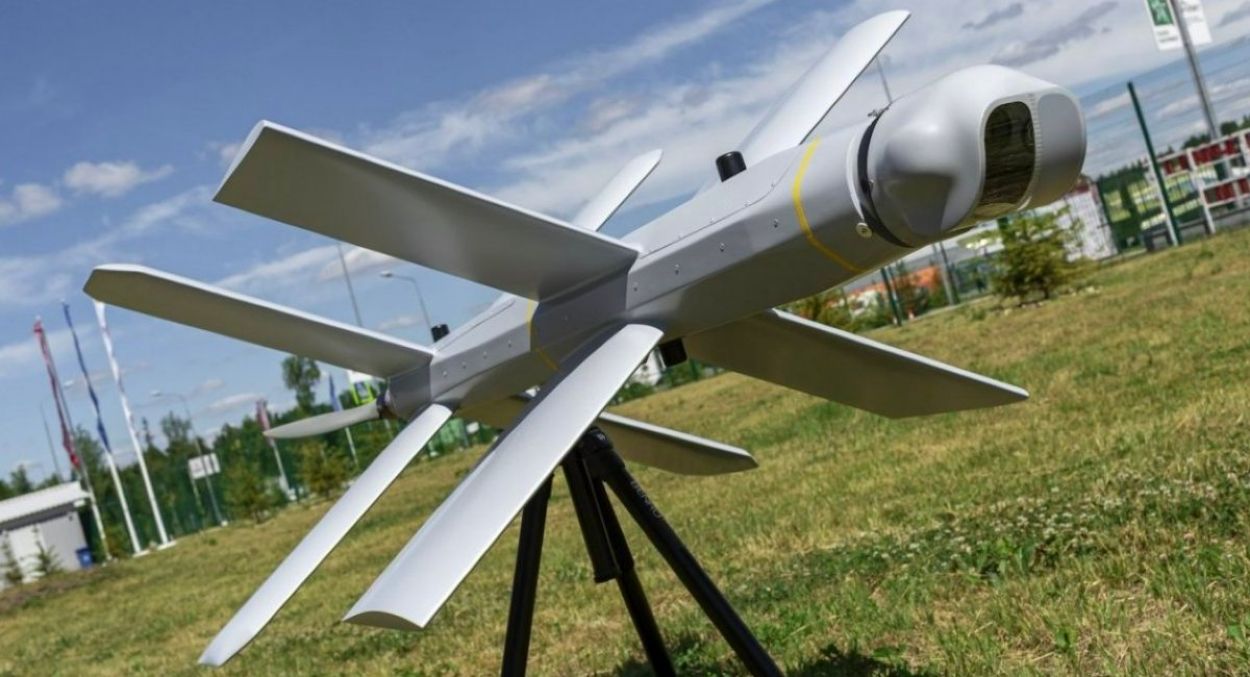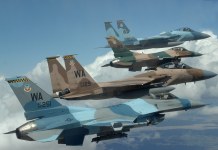Russian Aerospace Forces (RuAF) fighters have recently switched tactics and adopted a more offensive operational posture than in the past.
The change in RuAF tactics was announced by Alexei Dmitrashkovsky, Ukraine’s head of the joint press center of the Tauride direction.
According to Dmitrashkovsky, unlike in the past when RuAF fighters flew defensive air dominance patrols, “Yesterday there was teamwork: two planes lured out our air defense forces, and the third plane struck.”
MUST READ: China’s ‘CRAZY’ Tactics To Destroy Enemies, Influence VIPs Halted By US; But Other Nations Fall Prey
Understanding RuAF Tactics
Since November 2022, when Russian forces withdrew from the right bank of the Dnieper River in the Kherson region to stabilize and compact the frontline, RuAF fighters have maintained a defensive posture.
They mostly fly air dominance missions along the battlefront, aimed at preventing Ukrainian Air Forces fighters from marauding Russian ground forces while also providing ground support to Russian forces operating along the battlefront.
RuAF fighters have not flown SEAD (Suppression of Enemy Air Defence) missions aimed at establishing air superiority over Ukraine in order to freely strike into the Ukrainian heartland.
The tactics used by RuAF fighters for air dominance are as follows:
Top-line Russian fighters, such as the Su-35S and Su-30SM, fly air dominance patrols 24 x 7 in designated sectors covering the entire frontline. Occasionally, MiG-31 BM also flies such patrols.
These fighters are armed with air-to-air (A2A) missiles or a combination of A2A missiles and single anti-radiation missiles (ARM). The ARM is used to strike any Ukrainian AD radar that starts to radiate in order to track RuAF aircraft.
On air dominance missions, typically the:
-
MiG-31BM is equipped with 2 x RVV-BD long-range A2A missiles under the fuselage and 2 x RVV-SD medium-range A2A missiles under the wings.
-
Su-35S/Su-30SM is equipped with 2 x RVV-BD, 2 x RVV-SD, and 1 x Kh-31 ARM.
The RuAF fighters fly the patrols staying well clear of Ukrainian AD systems and provide defensive cover to Russian bombers (Su-34), attack fighters (Su-30SM, Su-25), and attack helicopters (Mi-28, Mi-35, Ka-52) Striking AFU military facilities and equipment.
As stated earlier, the fighters also prevent Ukrainian attack aircraft (MiG-29, Su-25 & Su-24) from attacking Russian troops along the front line.

The Deadly Kh-31P ARM
The Russian Kh-31P ARM’s ability to destroy any Ukrainian AD radar that switches on to guide Ukrainian AD missiles is a critical component of RuAF air dominance tactics.
The Kh-31P is designed to destroy medium- and long-range SAM systems’ radars, air operations control radars, and early warning radars. It’s honed to strike active (radiating) adversary radars.
The missile uses a passive seeker to operate in several homing modes, including automatic search and external control. The broadband seeker covers the entire range of current and predicted operating frequencies for potential enemy air defense systems.
If illuminated by an adversary radar, the Kh-31P performs an evasive 10-g pull-up maneuver to break the lock.
Russian pilots refer to the Kh-31PD as “Supersonic Death,” contending that the missile is practically invulnerable to enemy anti-aircraft defenses due to its high speed and counter-attack abilities. Russia claims a 98% success rate with the Kh-31PD over several dozen launches against Ukraine.

Risk Aversion To Risk Acceptance
The reason why RuAF fighters stay out of range of Ukrainian AD systems despite the Kh-31P is because using real-time targeting information from US/NATO AWACS (Airborne Warning & Control System), Ukrainian missiles can often target Russian fighters without switching on their search radars, posing a risk to RuAF fighters and pilots.
According to the Ukrainian official, RuAF fighters are no longer staying out of the range of Ukrainian AD systems. They are entering contested airspace to provoke Ukrainian AD attacks and thereby locate Ukrainian AD systems for the attack. In other words, they are accepting increased risk with the aim of attriting Ukrainian AD systems.
As of now, Ukraine is known to be short on AD missiles. Also, Russian fighters fly at medium altitudes and are known to be well-equipped with EW / IR spoofing systems, reducing the chances of a successful missile engagement. Clearly, Russia believes the risks are acceptable, and it’s time to go on the offensive.
Drones Join The Campaign
According to Dmitrashkovsky, Russia has also started using Kamikaze drones differently. It is using Geran-2 drones to draw fire from Ukrainian AD systems and then attacking the AD systems with Lancets drones.

“After the use of the Shaheds, the Lancets appeared. It is also a strategy to locate air defense positions and then strike with the Lancets accordingly,” he said.
Use of Glide Bombs
The RuAF earlier introduced glide bombs, such as the UPAB-1500B, PBK-500U Drel, and Grom (Thunder), in its air campaign against Ukrainian forces. These bombs have a stand-off range of around 60 km and pack between 500 kg to 1500 kg of explosives. The massive blast of these bombs more than makes up for any navigational inaccuracies.
The destructive power of the Russian glide bombs likely presents Ukrainian air defenses with a Hobson’s choice. If an AD system doesn’t attempt to engage the bomb, very bad things happen. If it attempts to engage, it puts itself at risk of being attacked by a Kh-31P missile launched by a RuAF fighter flying an air dominance patrol.
In an earlier EurAsian Times analysis, we reported that Russia is set to operationally deploy its LO Sirius (Inokhodets-RU) heavy attack drone along the Ukrainian battlefront. These drones are capable of dropping 100-kg precision-guided bombs from stand-off distances.
It’s clear that RuAF is tightening the noose around Ukrainian forces through a very well-calibrated switch from a defensive to an offensive posture along the battlefront.
It’s likely that past Russian infrastructure attacks using expensive cruise missiles didn’t negatively impact Ukraine’s war-fighting ability along the battlefront to the extent that Russia had hoped for.
The steady flow of US/NATO arms and ammunition, as well as power generation and grid equipment, prevented the enfeeblement of Ukrainian forces. As a result, Russia has now resorted to hitting Ukrainian forces hard with heavy and accurate air-delivered bombs.
- Vijainder K Thakur is a retired IAF Jaguar pilot. He is also an author, software architect, entrepreneur, and military analyst. VIEWS PERSONAL
- Follow the author @vkthakur




